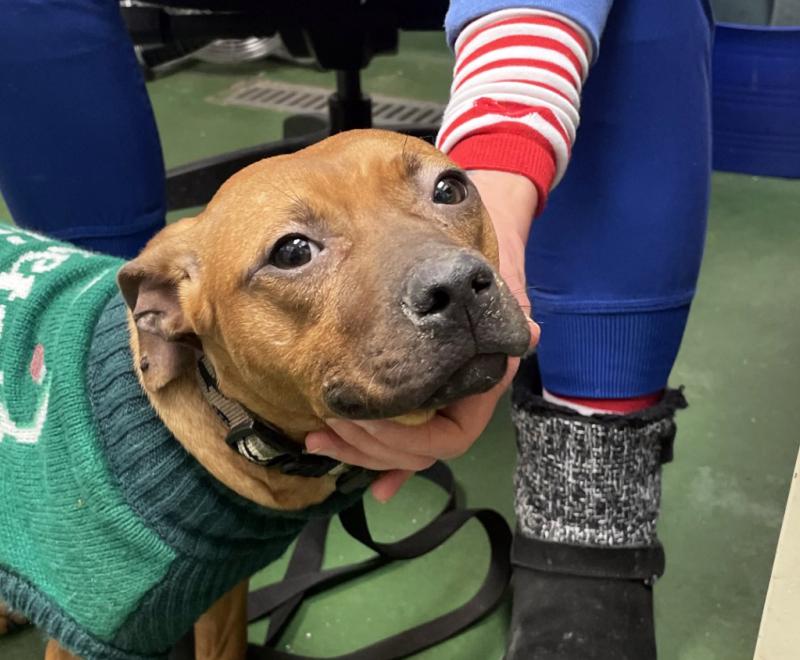Quick response, teamwork save dogs in parvo outbreak
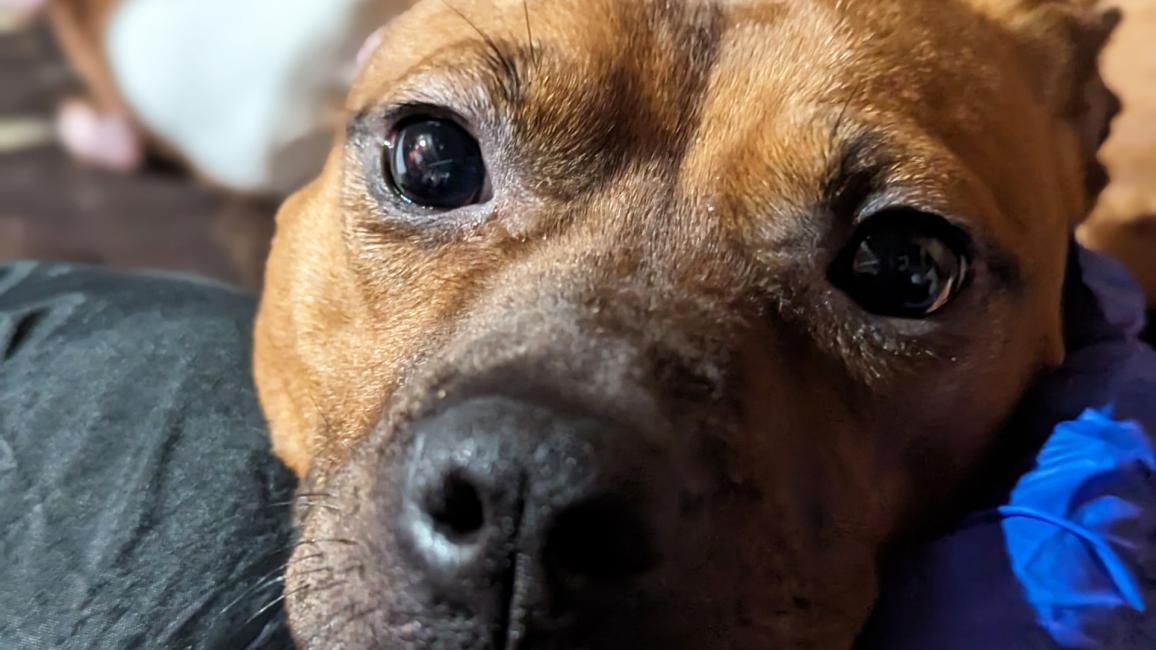
When Dr. Kristen Braitkrus, the city of Rochester Animal Services’ on-staff veterinarian, learned that the shelter was experiencing an acute crisis, she immediately consulted with outside organizations and her mentors for assistance. It had been eight days since the first dogs tested positive for the canine parvovirus, and it seemed to be spreading.
Parvo is an extremely dangerous and contagious virus for which there’s no readily accessible cure. A new monoclonal antibody treatment has recently obtained approval and has shown great promise in treating dogs with parvo. But it is currently very expensive, and availability is limited. Dogs with parvo are traditionally given supportive care: medication to fight nausea, fluids for dehydration, and antibiotics to prevent secondary infections. But even with excellent supportive care, parvo in dogs can still be life-threatening.
Although Dr. Kristen had effectively managed similar outbreaks during her more than 10 years of animal shelter experience, this one was different. “This situation definitely posed some challenges I’d not dealt with before,” says Dr. Kristen. “We don’t have an isolation ward. This was my first time being the primary veterinarian on a case like this. And I realized I’d need some experts in my corner to help advise me on how to get through this thing quickly and efficiently.”
She reached out to one of her mentors, Dr. Amber Horn at the Nebraska Humane Society, where she’d spent eight months on staff. Additional conversations with other colleagues led her to Best Friends Animal Society’s national shelter medicine team, which is in place for just such situations. Soon, she was on a call with the team’s three vets: Dr. Andrea Cermele, Dr. Becca Boronat, and Dr. Erin Katribe.
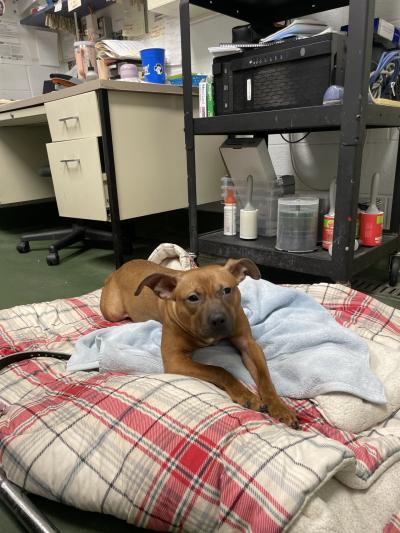
A different kind of parvo outbreak
“The outbreak started with a single dog, and they thought it might be an isolated case,” says Dr. Andrea. “But by the time we were contacted, there were eight parvo-positive dogs.” The staff’s concern escalated when a dog, situated in a different section of the shelter than the other dogs who had tested positive, also tested positive for the virus.
But there was more. The team noted that the dogs testing positive were older, which was different from the typical outbreak that in early stages usually affects puppies and younger dogs. And then the kicker: Every animal in the shelter had already been vaccinated against parvo.
[Parvo nearly took this puppy’s life, but the county shelter stepped in to save her]
And so began a series of virtual consult meetings between Dr. Kristen and the Best Friends national shelter medicine program, which provides customized medical support for animal welfare agencies across the country to increase their lifesaving. Working together with organizations such as Rochester Animal Services is one of the ways that Best Friends supports shelters all around the country in reaching no-kill in 2025.
“They were so helpful spending time listening to me, letting me talk things through, and offering suggestions,” says Dr. Kristen. “They provided the type of support that is so helpful and needed when you’re the only doctor at a shelter.”
The collaborative meetings reviewed such topics as basic management strategies for parvo (including isolation and treatment of sick animals), quarantine of those exposed, proper sanitation measures, methods to reduce the number of additional pets coming into the shelter, and messaging to the public.
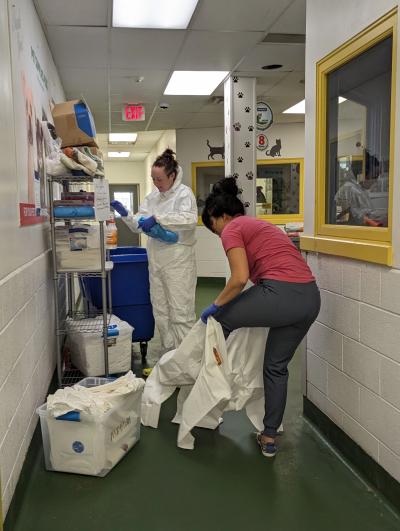
Managing under pressure
With the shelter at capacity, Best Friends was able to provide Dr. Kristen with innovative ways to create a safe isolation area to separate the sick dogs from the general population. This also included how to move animals around during cleaning routines and perhaps even relocate dogs to other shelters to ensure their safety.
Dr. Kristen called other animal welfare organizations for assistance, and they responded in a big way by taking in some dogs. “We were able to move 14 dogs in one day,” she says. “These were healthy dogs that we didn’t think were exposed and were low risk. That freed up space so that we could take one of our smaller kennel areas and turn that into a makeshift isolation area.”
Since most of the positive cases seemed to be located in one section, that floor area was marked with red duct tape to indicate “isolation-only.” Anyone stepping into a taped-off area would be in a “dirty” space, which meant they must be wearing PPE (personal protective equipment).

A crisis mitigated
The collaborative effort between Rochester Animal Services and Best Friends resulted in successfully controlling the outbreak. The good news is that of the 63 dogs in the shelter at the start of the outbreak, only 12 tested positive. And although 11 didn’t make it despite the staff’s best efforts, a bright story emerged from a most lovable survivor named Pudding.
“She’s just the sweetest thing,” says Dr. Kristen. “Because her clinical signs were mild and because she was a much smaller size, I reached out to the local humane society, our local partner, and they had some of the canine parvovirus monoclonal antibody treatment.” (Released in May 2023, it helps infected dogs neutralize the parvovirus.)
[Puppy sisters shine after beating parvo, distemper]
The one-time dose could help Pudding fight off the virus. “It doesn’t cure every case, but if you catch it early enough, give the monoclonal antibody treatment at the right time, and you provide supportive care, it can be really effective in making a difference for the animal,” Dr. Kristen says. “And thankfully, she still had her appetite. She was eating like a champ.”
So long story short: Pudding got her special medicine, several antibiotics, some subcutaneous fluids (to maintain hydration), and some probiotics. And she pulled through to the point where she was getting looks from potential adopters.
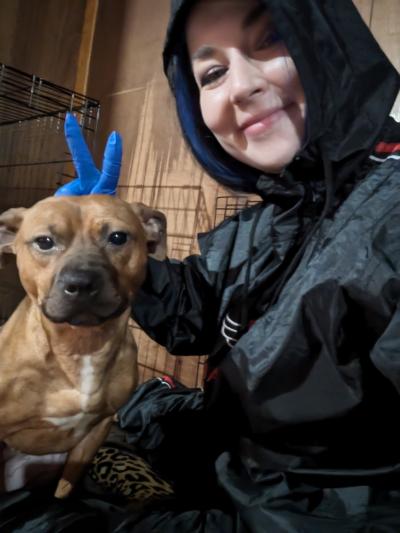
A new home for Pudding
Not long after recovering, Pudding was still on the adoption list at Rochester Animal Services when along came Reggie White. It was love at first sight, and in Reggie’s mind taking the little dog home was a done deal. “I wanted to get her right away,” he says.
The adoption became official the next day. Pudding now has a new name: Thoobabies, a unique moniker that relates to Reggie’s Haitian roots. She’s adjusting well, and when Reggie speaks of her, he sounds like a doting father: “She’s very smart. We give each other a lot of kisses. She’s already picking up her leash and bringing it over when it’s time to go out. She likes to hide my socks and shoes.”
Reggie says it only took two weeks before Thoobabies had him on a regular schedule. “It’s up at 5 a.m. I work out, and she watches me. Then to the restroom where she gets her face and paws wiped off and her teeth brushed. And then she gets some purified water to drink.”
Careful collaboration and dedicated teamwork enabled Thoobabies and dozens of other dogs to survive the sudden parvo outbreak at Rochester Animal Services. And going forward, the knowledge, best practices, and protocols shared surely will benefit the pets of Rochester.
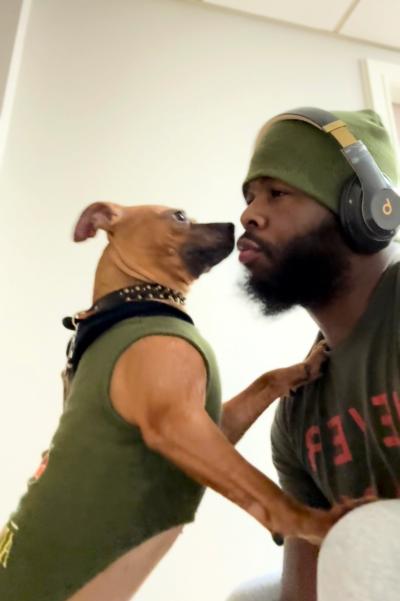
Let's make every shelter and every community no-kill by 2025
Our goal at Best Friends is to support all animal shelters in the U.S. in reaching no-kill by 2025. No-kill means saving every dog and cat in a shelter who can be saved, accounting for community safety and good quality of life for pets.
Shelter staff can’t do it alone. Saving animals in shelters is everyone’s responsibility, and it takes support and participation from the community. No-kill is possible when we work together thoughtfully, honestly, and collaboratively.
